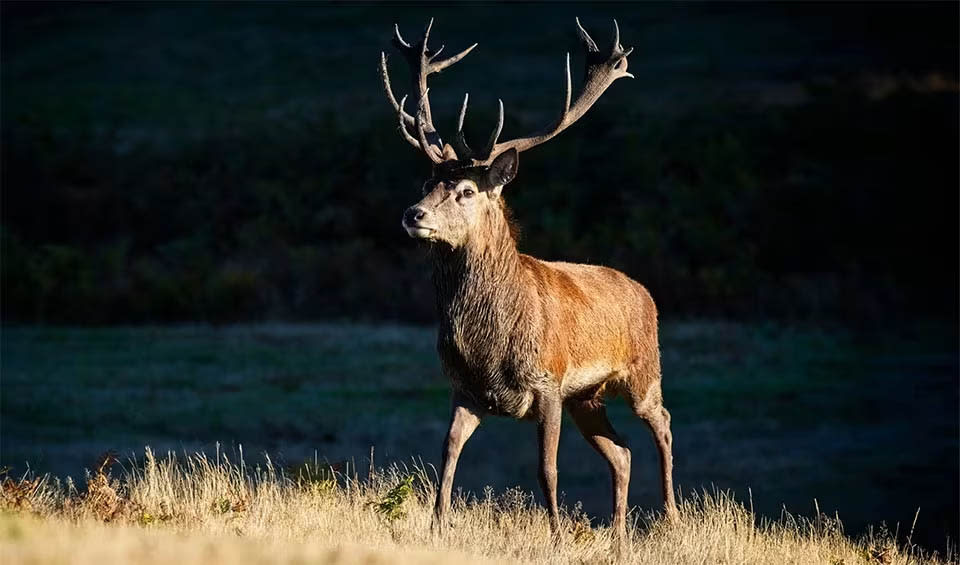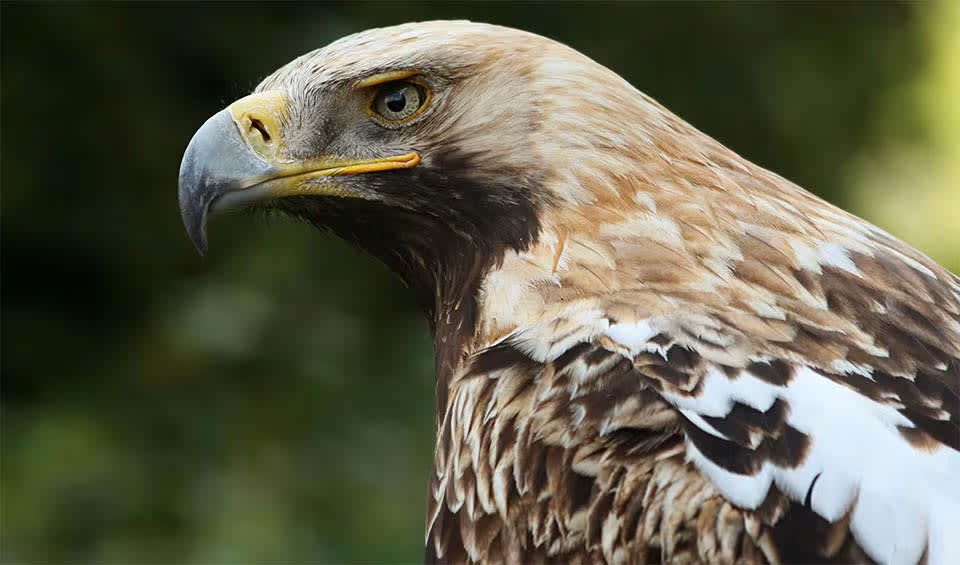Lithuania, located in the Baltic region of Europe, shares borders with Latvia to the north, Belarus to the east and south, Poland to the south, and Russia’s Kaliningrad Oblast to the southwest. It also has a coastline along the Baltic Sea to the west. The country covers an area of about 65,300 km² (25,212 mi²). Lithuania’s landscape is mostly flat, with gently rolling plains dotted with numerous lakes and rivers. The highest point in Lithuania is Aukštojas Hill, which stands at 293 meters (961 feet) above sea level.
Lithuania’s diverse landscapes support a rich variety of flora and fauna. The country is home to large forests, wetlands, and coastal areas that provide habitats for many species. Forests cover about one-third of Lithuania’s land area, and they are home to wildlife such as red deer, wild boar, and foxes. The Curonian Spit, a UNESCO World Heritage site, is a unique sand dune peninsula that hosts a variety of bird species and other wildlife. Lithuania’s numerous lakes and rivers, including the Nemunas and Neris rivers, support diverse aquatic life.
Four pillars elaborated:
Lithuania has an extensive network of protected areas, covering almost 18% of its land. These areas include various types like strict nature reserves, national parks, and Ramsar sites. They preserve the country’s diverse natural and cultural heritage, providing habitats for a wide range of plants and animals. Additionally, they offer opportunities for recreation and scientific study. Lithuania’s dedication to conservation is evident in its participation in global agreements like the Ramsar Convention and Natura 2000 network, promoting sustainable management practices and preserving ecological treasures. Land Management
Land Management
Changes in Lithuania’s environment have greatly impacted its biodiversity and natural resources. These changes include alterations in the land’s structure from Soviet-era land drainage, heavy cutting of forests, and damage from natural disasters like pests. Pollution from various sources, like agricultural runoff and industrial waste, harms ecosystems. Meadows have suffered due to reduced economic activity, while water bodies have been altered by human activities like straightening riverbeds. Illegal fishing, sea pollution, increased recreation in nature, and urban development also contribute to biodiversity loss and landscape changes. Threats to Biodiversity
Threats to Biodiversity
The primary national legislation governing environmental monitoring in Lithuania is the Law on Environmental Monitoring of the Republic of Lithuania. This law establishes the framework for the country’s environmental monitoring system. The State Environmental Monitoring Programme outlines the comprehensive measures for monitoring various environmental components. The current government-approved programme, effective from 2011 to 2017, includes a section on nature monitoring. This section focuses on monitoring species and habitats of European Union (EU) concern, as well as monitoring forest, fish, regulated game, and invasive species. Capacity and Governance
Capacity and Governance
In 2015, Lithuania introduced its National Environment Protection Strategy, endorsed by the Parliament. This strategy outlines the country’s environmental goals until 2030, with a vision extending to 2050. It emphasizes four main policies: sustainable use of resources and waste management, enhancing environmental quality, ensuring ecosystem stability, and addressing climate change and its impacts. The strategy stresses the importance of integrating environmental considerations into territorial planning at all levels and implementing plans to preserve natural areas and ecological networks. These plans should include measures to maintain landscape diversity, enhance ecosystem functions, protect species and habitats, and improve their conditions for survival. Future Trends
Future Trends
Biodiversity
Lithuania, located in the Baltic region of Europe, is characterized by a rich and varied biodiversity, supported by its diverse landscapes of forests, wetlands, rivers, and coastal areas. Approximately one-third of the country is covered in forests, which are home to a variety of flora and fauna. Key species include the European bison, elk, wild boar, and various bird species such as the white stork and the lesser spotted eagle. Lithuania’s mixed forests of pine, spruce, and deciduous trees create a mosaic of habitats that support a wide range of wildlife, contributing to the country’s ecological richness.The country’s numerous lakes, rivers, and wetlands, such as the Curonian Lagoon and the Nemunas Delta, are vital for aquatic biodiversity. These areas are especially important for migratory birds, providing crucial nesting and feeding grounds. The coastal region along the Baltic Sea, including the UNESCO-listed Curonian Spit, is another significant habitat known for its unique dune landscapes and diverse birdlife. Lithuania’s meadows and grasslands are also notable for their plant diversity, including many rare and endemic species.
In the table below are the number of known species in several main groups, how many of these species are Threatened with extinction, and how many of them are Endemic (unique to Lithuania only):
| Species (World rank) |
Threatened | % Threatened | Endemic | % Endemic | |
|---|---|---|---|---|---|
| Mammals | 65 (#152) | 2 | 3.1% | ||
| Birds | 242 (#157) | 11 | 4.5% | ||
| Reptiles | 8 (#191) | ||||
| Amphibians | 13 (#127) | 5 | 38.5% | ||
| Fishes | 97 (#183) | 6 | 6.2% | ||
| Plants | 10,600 (#30) | 2,003 | 18.9% |
mammals
Brown bear
The second largest bear, right after the polar bear. Sadly, it well might top the list soon
Red deer
Not only one of the largest deer species but also among the most majestic
Eurasian beaver
The furry flat-tailed mammal that builds its own aquatic empire
birds
Eastern imperial eagle
Its imperial imagery and fierce demeanor have made it a symbol of power and nobility throughout history
Eurasian kestrel
Adaptable raptor known for its hovering hunting technique and striking appearance
White-throated dipper
Can walk along the riverbed using its wings to stabilize itself against the current
reptiles
Grass snake
One of the most common reptile of the European wetlands
Viviparous lizard
One of the few reptiles that can not only lay eggs but also give birth to live young
European pond turtle
At the first sign of danger, it will quickly dive into the water and hide
amphibians
Smooth newt
They have the ability to regenerate lost limbs and other body parts, a superpower in the animal kingdom!
Common toad
A warty amphibian with golden eyes
Moor frog
Male undergo a striking transformation during a short breeding window, displaying a vibrant blue color
National Animals
White stork
The folktale bird that brings the babies!

















